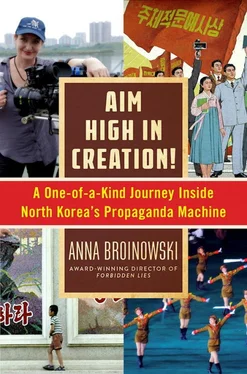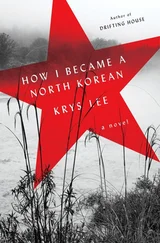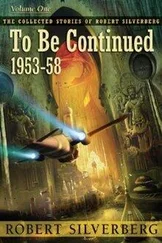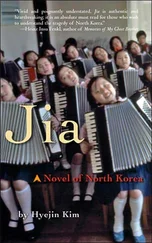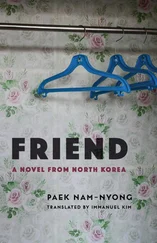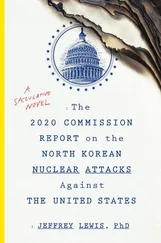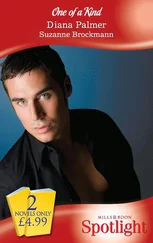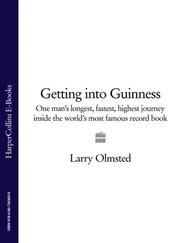Which made things harder for me.
North Korea and Australia had no formal ties: tensions over Kim Jong Il’s rocket tests had seen North Korea shut down its Canberra embassy and leave the country in high dudgeon. So I wrote to the next closest embassy, in Jakarta—enthusiastically requesting permission for a three-month trip around North Korea’s cinemas and film studios, to interview directors, actors, and composers about “the Dear Leader’s cinematic legacy.”
Silence.
I tried again, targeting every North Korean embassy between Phnom Penh and Warsaw, with a more modest ask: a two-day shoot in a film studio, and one interview with a filmmaker, about Kim Jong Il’s manifesto. I would speak only to the person they authorised and provide all questions in advance. I signed off with a friendly blurb about how I’d been born in Tokyo, grown up all over Asia, and liked to make films that smashed Western clichés about the East. To save North Korea’s cyber-spies the hassle of having to sift through Norma’s convoluted deceptions in Forbidden Lie$, I added a footnote—I was no apologist for American foreign policy: Lie$ had exposed an anti-Arab propaganda hoax that went as high as the US State Department.
Out went my request on a humble letterhead, with my Japanese name, Mariko, stamped in a red chop at the bottom. I prayed the little hanko would prove my Asian bona fides rather than cast me as the evil spawn of the murderous Japs—Imperialist Enemy Number Two. I posted it snail mail, in case my email didn’t get through North Korea’s notorious firewall, and waited.
Once again, silence.
In twenty years of filmmaking, I’ve learnt that rejection usually means you haven’t asked the right way. This has gotten me into some strange places: the bed of a teenage geisha for an all-night interview; the 1995 Kobe earthquake zone a day before the rescue teams arrived; the Mount Fuji compound of the Aum Shinrikyo, two weeks before they gassed Tokyo’s subways with sarin; an underground fetish party, filming a lesbian having sex with a fish; a face-to-face with the Kyoto Yakuza about drugs, guns and murder; and the movie wing of the Pentagon—where Hollywood scripts are rewritten to be more pro-US in exchange for military hardware. In 2003, I talked my way into a White House press briefing just before the Iraq invasion and asked press secretary Ari Fleischer if Bush would bomb Baghdad if the Pope went there as a human shield. Fleischer stormed out—prompting an amused Texan scribe to drawl: “Jeez, lady, you sure know how to clear a room.”
I took it as a compliment, proof that in my game, whether you’re trying to embarrass a US president or get inside a highly secretive nation, tenacity works. Perhaps North Korea was like Hollywood, I considered. It’s not what you’ve done, but who knows what you’ve done. Cold calls are for starry-eyed drama-school grads. If you want to get past the secretary, you’d better know the boss—or know someone who does. After a quick search through the few tour companies operating in North Korea, I had found my go-between.
Nick Bonner is an accomplished British filmmaker, a North Korean art collector, and the head of Koryo Tours in Beijing. He has taken thousands of Chinese and Western tourists into North Korea over the last twenty years, producing three excellent documentaries along the way. The Game of Their Lives chronicles the North Korean soccer team’s historic defeat of Italy in the 1966 World Cup; A State of Mind follows two young gymnasts training for the Pyongyang mass games; and Crossing the Line tells the bizarre story of North Korea’s most famous movie villain, Joe Dresnok: a US marine who defected over the DMZ into North Korea during the 1960s and has played evil Yankee bastards in Kim Jong Il’s propaganda films ever since.
Nick’s films reflect his belief that gentle observation, not judgment, is the best way to understand North Korea. This has made him one of the few—perhaps the only—Western filmmaker to have earned the trust of the regime. It has also made him first port of call for access-hungry outsiders like me. When I rang Nick in October 2011, I could hear people working the phones behind him and tourists arguing furiously in Mandarin. Despite the chaos, he listened carefully. I told him I wasn’t making another Red Chapel . My goal was not derision, but revelation: I wanted to uncover the strange beauty of North Korean cinema. I did not tell him about my crazy plan to use Kim Jong Il’s manifesto to stop a gas mine. There was a slim chance he might steal the idea—and a much stronger chance he’d write me off as a total nutjob. So I stayed vague, promised I’d only shoot where allowed, and be a model client.
Nick agreed North Korean cinema was a curious beast—just yesterday, a Swedish director had rung to pitch him the same idea. I was alarmed: “Yeah, but I really love their cinema, Nick. The songs are amazing, and those peasant women are beautiful. Pulgasari is hilarious, in a campy kind of way. I know I can do this justice. I can definitely raise the money to go—if you can get us in.” There was a long pause. Then Nick chuckled, explained I was part of a very long queue, and, ever so politely, hung up.
I stared at the Koryo Tours logo on my Skype screen: a beaming North Korean worker in a hard hat, air-punching a blood-red sky. I’d made two major gaffes. First, when you’re asking someone to use their hard-won contacts to get you inside a place that tends to put people in gulags for backing the wrong project, you’d better tell them everything. And second, Pulgasari was made by Shin Sang Ok, a South Korean director Kim Jong Il kidnapped in 1978 to fix his film industry. The strategy worked: Shin’s films were light on propaganda and heavy on entertainment, wowing the North Koreans and film festivals all over the Eastern Bloc. But when Shin escaped in 1986, he was wiped from the North Korean history books. Anyone who wants to get inside North Korea knows that you never mention Shin Sang Ok. Officially, he does not exist.
I spent another month working a shrinking range of options. Ms. Kim, the North Korean guide who’d taken in my TV-producer mate two years back, never replied. Nor did the high-ranking cadres in the Pyongyang Culture Bureau, whose addresses I’d been given by the Australian ambassador in Seoul. I began a promising correspondence with a flamboyant character called Alejandro Cao de Bénos—the “Special Delegate of the DPRK’s Committee for Cultural Relations with Foreign Countries.” For €70,000, Alejandro could get me into Pyongyang—but he couldn’t guarantee I’d meet any filmmakers. He would, however, take me to the Kim Jong Il Cinema Museum, where I could film as many statues, murals, and charts as I liked. My heart sank. This was exactly what Shane Smith had done in North Korean Film Madness . North Korea was beginning to look just like the impenetrable bubble the media had portrayed.
Then, on December 17, 2011, when I was about to cut my losses and wire Alejandro the euros, Kim Jong Il died. News screens filled with extraordinary scenes of wailing North Koreans throwing themselves in the snow before the Dear Leader’s hearse. Bizarrely, I felt their pain. I’d spent a year discovering the artist behind the dictator, yearning to see the films he’d made, driven by the conviction that if I could get to Pyongyang, I’d meet him. And now he was lying on an embalmer’s slab somewhere, being prepared to sleep beside his father for all eternity. North Korea was in lockdown. The regime was bolstering the strongman credentials of Kim’s son and heir, Kim Jong Un. The DMZ bristled with guns as South Korean and US troops readied for war. No one knew what Pyongyang would do next. It was not a good time to go in as a tourist.
Читать дальше
